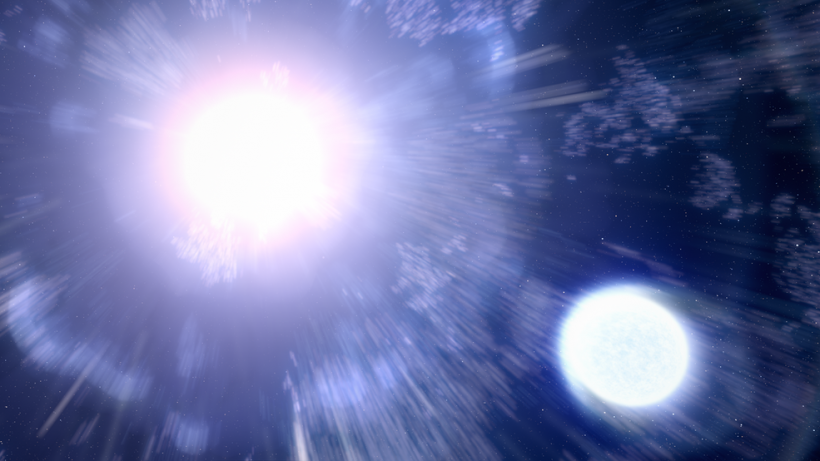When a star runs out of fuel and starts to cool, the pressure outside the star falls. When the pressure in a massive star drops sufficiently, gravity takes control and the star collides in a matter of seconds. This collapse results in the explosion we call a supernova.
Supernova observations in real-time are usually rare. But now, a group of astronomers unexpectedly stumbled upon photographs depicting the very first stages of a supernova explosion when they were sifting through NASA's Hubble Space Telescope data.
The spectacular collection was discovered in Hubble archived images, and the researchers were able to establish that they were taken only hours before the star collapsed, according to a report by Interesting Engineering.
They also published a report in the journal Nature detailing their discoveries.

(Photo : NASA, ESA, Leah Hustak (STScI))
Unexpected Supernova
Wenlei Chen, a postdoctoral researcher at the University of Minnesota and the study's principal author, told Interesting Engineering that the team had anticipated finding more transients that were overlooked by earlier searches, so they were astonished to uncover numerous photos of a supernova.
Chen added that the images of the quickly evolving supernova were completely unexpected.
Hubble found the rapidly expanding supernova in the Abell 370 galaxy cluster, over 5 million light-years away, in December 2010. In the historical Hubble data, Chen and coworkers had anticipated seeing little optical transients, thus they were surprised to find something far more explosive.
The team found three gravitationally lensed photos of the explosion in total. When a large object, like a galaxy cluster, bends spacetime around it, it creates gravitational lensing, which bends the light that passes through it.
In many cases, this enlarges distant objects like galaxies and stars. For instance, the first scientific image of SMACS 023 from the James Webb Space Telescope shows several occurrences of gravitational lensing.
The first gravitationally lensed image captures the stars just six hours after they erupted, while the other two show the early phases of the supernova at various times. The researchers estimate that the explosion is 11.5 billion years old based on their redshift calculations, which gauge the pace of the universe's expansion.
A Star From the Early Cosmos
Since Chen and his team were able to evaluate the supernova's properties and gain a wealth of knowledge about the star that caused the catastrophic cosmic event, their observations of supernovae effectively allowed them to study a star from the early cosmos.
The astronomers were able to determine that the explosion rapidly cooled over around eight days by comparing the brightness of the several photos. According to their calculations, the star was probably 530 times bigger than the Sun, which indicates that it could be a red supergiant.
Chen noted that finding far-off core-collapse supernovae could teach us more about the evolution of galaxies and star formation in the early cosmos.
The James Webb data from NASA, which recorded a star exploding within the first month of its scientific activities, will then be used by him and his team to monitor even more distant supernovae.
Related Article: This Lonely Spiral Galaxy Is Helping Astronomers Measure Distances in Space
This article is owned by Tech Times
Written by Jace Dela Cruz








